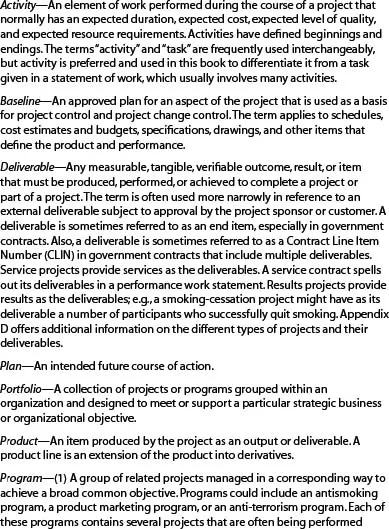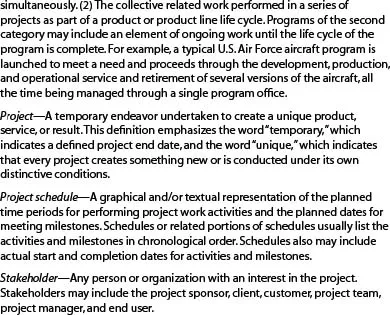
Project Management Fundamentals
Key Concepts and Methodology
Gregory T. Haugan
- 412 pages
- English
- ePUB (adapté aux mobiles)
- Disponible sur iOS et Android
Project Management Fundamentals
Key Concepts and Methodology
Gregory T. Haugan
À propos de ce livre
Build on the Right Fundamentals for Project Management Success!
To achieve success in any endeavor, you need to understand the fundamental aspects of that endeavor. To achieve success in project management, you should start with Project Management Fundamentals: Key Concepts and Methodology, Second Edition.
This completely revised edition offers new project managers a solid foundation in the basics of the discipline. Using a step-by-step approach and conventional project management (PM) terminology, Project Management Fundamentals is a commonsense guide that focuses on how essential PM methods, tools, and techniques can be put into practice immediately.
New material in this second edition includes:
• A thorough discussion of agile project management and its use in real-life situations
• Detailed explanations of the unique factors involved in managing service projects
• An enhanced appendix on management maturity models
• A new appendix on project communications and social networking
• Expanded coverage of the triple constraints in PM, going beyond scope, schedule, and cost to include quality, resources, and risks
As a refresher for the experienced project manager or as a comprehensive introductory guide for the new practitioner, Project Management Fundamentals: Key Concepts and Methodology, Second Edition, is the go-to resource that delivers.
Foire aux questions
Informations
PART 1

Introduction and Overview
The Principles of Scientific Management, 1911, p. 62
THE PROJECT MANAGEMENT BODY OF KNOWLEDGE
KEY CONCEPTS OF PROJECT MANAGEMENT
KEY TERMS

